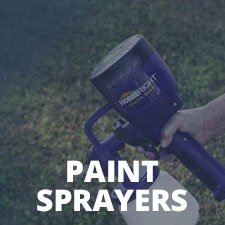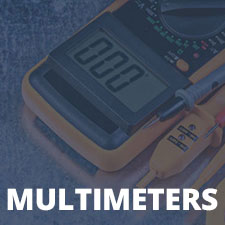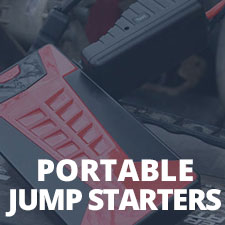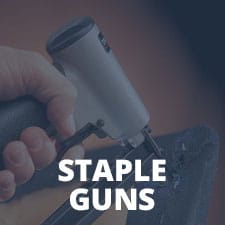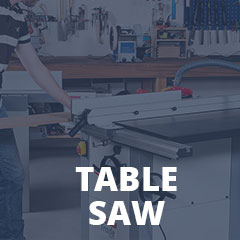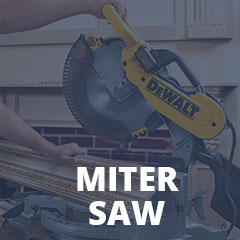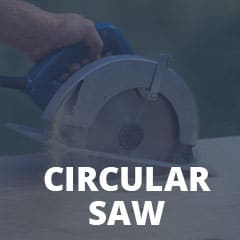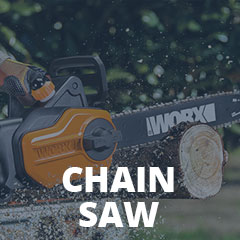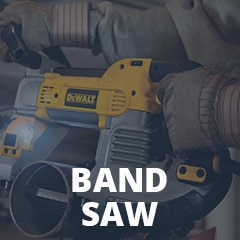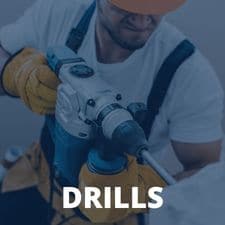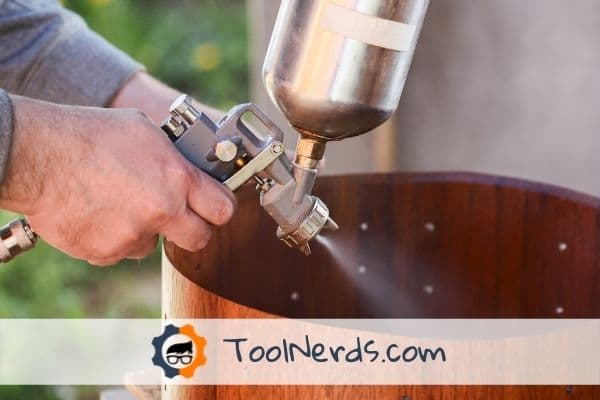
Since all units operate under a slightly different principle, this guide aims to clarify the important variances that you need to know. It will also suggest ways to adjust the air pressure regulator for your spray gun.
So grab a notepad and pen, prepare to take notes, and join me as I untangle the mystery surrounding this topic.
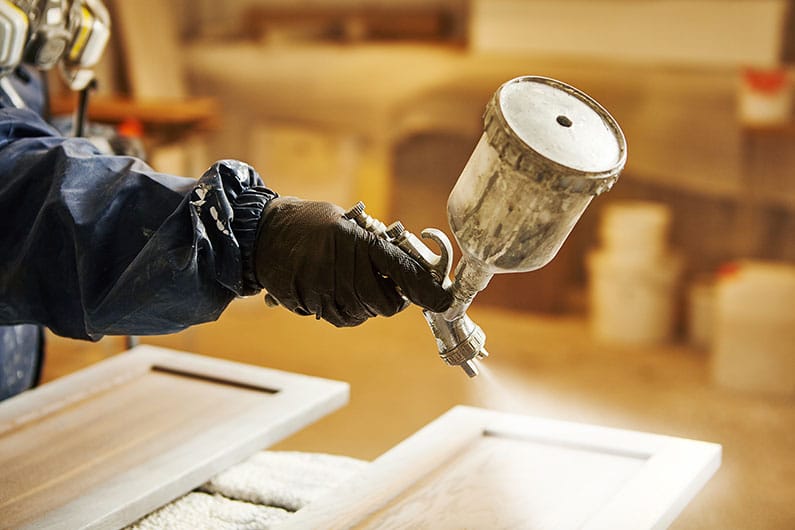
Why Paint Sprayer Pressure Is Important
Spray gun air pressure is important — it’s the way coating is atomized and propelled out of the machine onto your target surface. This is what makes these devices renowned for flawless finishes and rapid speeds — when compared to old-school rollers and brushes.
Regardless of the sprayer you choose — airless, turbine, pneumatic — most will come with a form of paint gun pressure regulator. This component allows you to dial the pressure up or down — tailoring your machine to the coating you’re using and the size of your project.
Typically you’ll require a higher pressure for larger surface areas and thicker coatings. While thinner mediums, such as applying stain to a small item, will need less.
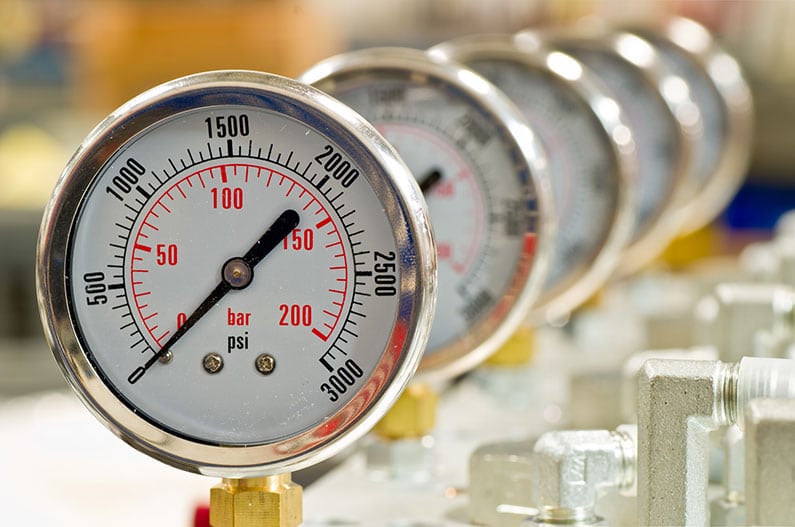
How Paint Sprayers Create Pressure
Turbine Paint Guns
These systems employ a motor to drive small compression fans (also known as stages) at high speed. A sprayer with a two-stage turbine indicates it has two compressor fans.
The number of fans — or stages — directly correlates to the pressure output and the overall airflow. Hence, single-stage devices are better suited to less viscous coatings, whereas a three-stage turbine will handle the majority of water-based coatings.
Most turbine spray guns deliver a maximum pressure output in the range of five to 10 PSI. When compared to other machines, this is a somewhat middle-of-the-road figure — making these units ideal for DIYers that have a mixed bag of tasks to complete.
Pneumatic Paint Sprayers
Pneumatic devices (sometimes called conventional paint sprayers) are available in two different formats — HVLP and LVLP (low-volume, low-pressure). Both are driven by an external air compressor.
Although these two systems are powered by the same method, they have very different applications. This is down to contrasting pressure outputs — as low as 3.5 PSI for LVLPs and up to 50 PSI for a conventional spray gun, while HVLPs fall midway at around 10 PSI.
So how do pneumatic sprayers work?
To keep it extremely simple, the compressor takes ambient air, pressurizes it, then forces the air into a tank through the internals, which allows the pressure to build up. This air then feeds to the spray gun through a regulator —adjusting the final output at the fluid nozzle.
Airless Systems
Airless paint sprayers are the mother of all machines — capable of cranking out an impressive pressure of over 3000 PSI. These devices use a hydraulic pump to get the job done.
Employing a motor to drive the pump, it aerosolizes the paint internally. This means the coating itself holds the pressure — before being forced through the spray nozzle. In turn, it creates the possibility of extremely high pressures that are completely adjustable.
These machines are adept at handling high-density coatings at a rapid pace. Hence, why airless units are a top choice for contractors with many residential, commercial, and even industrial projects lined up.
To give you a benchmark, I’ve listed a few pressure ranges suggested for certain airless applications:
-
- Between 800 to 1100 PSI for lacquer coatings.
- Ranging from 1200 to 1800 PSI for low viscosity stains.
- Over 2000 PSI for latex paints.
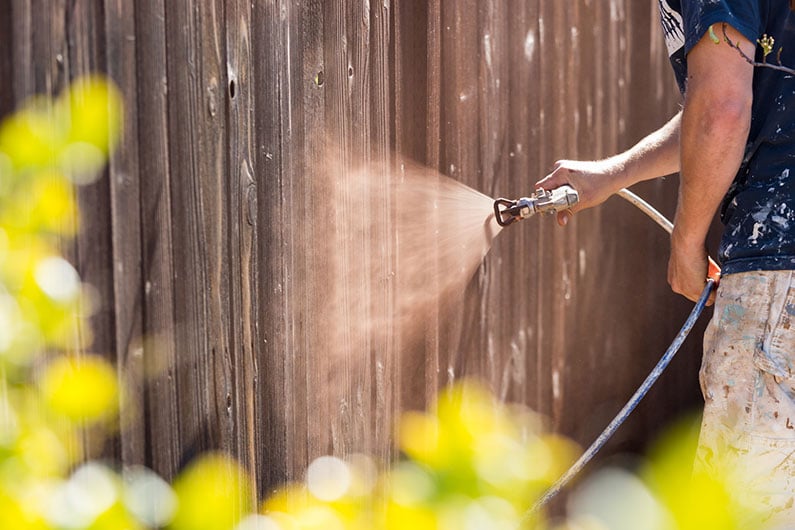
Is Bigger Always Better?
When selecting the correct air pressure for a spray gun, bigger is not always better. Meaning that you don’t always need a mammoth size machine for a simple project.
For example, the low pressures delivered from LVLP or HVLP units possess distinct advantages, especially when it comes to automotive restoration and home interior touch-ups.
These sprayers provide you with enhanced control and are better for fine finishing. There is also the bonus of a significant reduction in overspray — keeping clean up simple and saving you money as more of the coating ends up on your actual project.
That said, if you have a large-scale surface and plan to use a thicker paint, a primer coating, for instance, then you’re going to have to call in the big airless boys. With impressive gallons per minute (GPM) output, many of these devices support multi-gun usage — meaning that you can have an entire team of spray painters working at the same time, with no notable loss of pressure output.
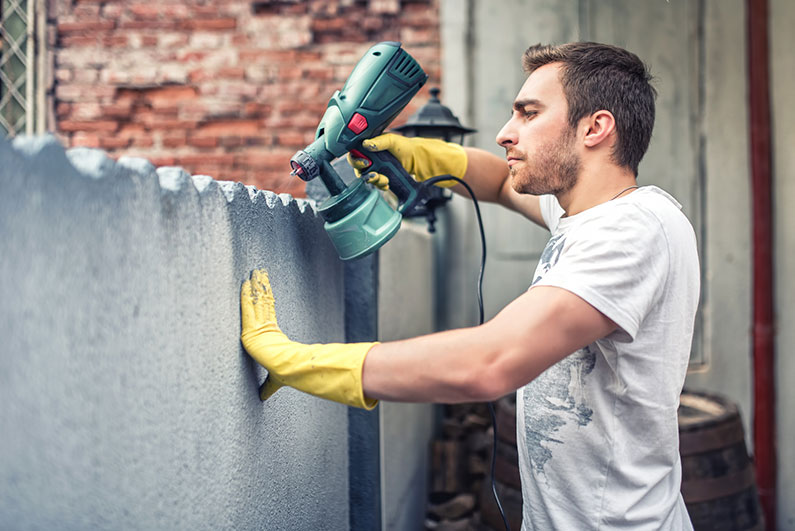
Importance of Pressure Control
The ability to tone down the pressure permits usage with thin coatings, such as stain and varnish. Furthermore, dialing down the PSI will prevent you from damaging your base medium.
However, sprayers with adjustable settings will also allow you to crank up the pressure to push dense latex through the nozzle.
How to Select the Correct Paint Sprayer Pressure
Even though it’s not a complicated process, it can seem daunting trying to figure out the optimum paint sprayer pressure you need for your project. This simple how-to should make the entire process effortless.
Ensure that you have everything to hand before you begin.
- Scrap cardboard (preferable a dark color).
- Paint sprayer.
- Chosen medium.
- Personal protective gear — face mask, coveralls, and goggles.
- Pencil.
- Notebook.
If you find that the medium is spitting as it’s expelled, or the fan pattern is inconsistent, the pressure isn’t high enough — continue to step four.
If the fan pattern gives you uniform coverage and you’re experiencing decent atomization, you’ve nailed it. Give yourself a pat on the back — head to step five.

Conclusion
Remember that airless will crack out impressive pressures — but could be overkill for small and medium home improvements. You will more than likely find that a turbine or pneumatic device would better fit your needs in this case.
Also, don’t forget to check the pressure varying options on the spray gun before you click add to cart — it will allow you a lot more flexibility concerning the density of coatings, as well as project size.
Parting comments when it comes to the best pressure for spray painting, there is no set rule — you need to evaluate the overall picture.
Best Pressure for Spray Painting FAQs
Q: My Paint Sprayer Does Not Hold Pressure?
There could be many reasons why your paint sprayer won’t build pressure or hold it — depending on the type of device you have. I’ve put together a few guides, which cover common paint spraying issues, check them out:
Q: What Is A Spray Gun Pressure Regulator?
A spray gun pressure regulator is used to moderate any drops in pressure that occur in the system airlines. This nifty piece of equipment also provides the ability to finely tune the fan pattern — to match your base medium and coating viscosity.
Q: What PSI Should You Spray Paint At?
It all depends on the viscosity of your coating, nozzle size, and your target base. Some manufacturers include a quick check chart in their user manual, so that can be used as a general indicator. If not, to fine-tune the output, check out my handy How-To above.
Q: What Size Air Compressor Is Needed For Spray Painting?
Most DIY-focused spray guns will only require a small home compressor. Usually, you will find the precise specifications noted on the manufacturer’s website description.
To save you some time, I will give you some pointers here. The key detail to look out for is the CFM. When operating an HVLP machine, a CFM between 8 and 15 is recommended.
Alternatively, for LVLPs, a lesser 3 to 5 CFM compressor will work just fine. To learn more, take a look at my compressor guide.
Q: How Do You Adjust The Pressure On A Spray Gun?
You should start on the lowest pressure setting and work your way up — until you find the right balance. For more details, follow my straightforward step-by-step guide above.
Q: What Causes Orange Peel In An HVLP Sprayer?
A dimpled finish in your final coating (known in the trade as orange peel), is the result of an imbalance between the pressure output and the viscosity of the coating. It typically occurs when you use too much air for the density of the paint. The thinner the medium, the less pressure needed, and vice versa.

